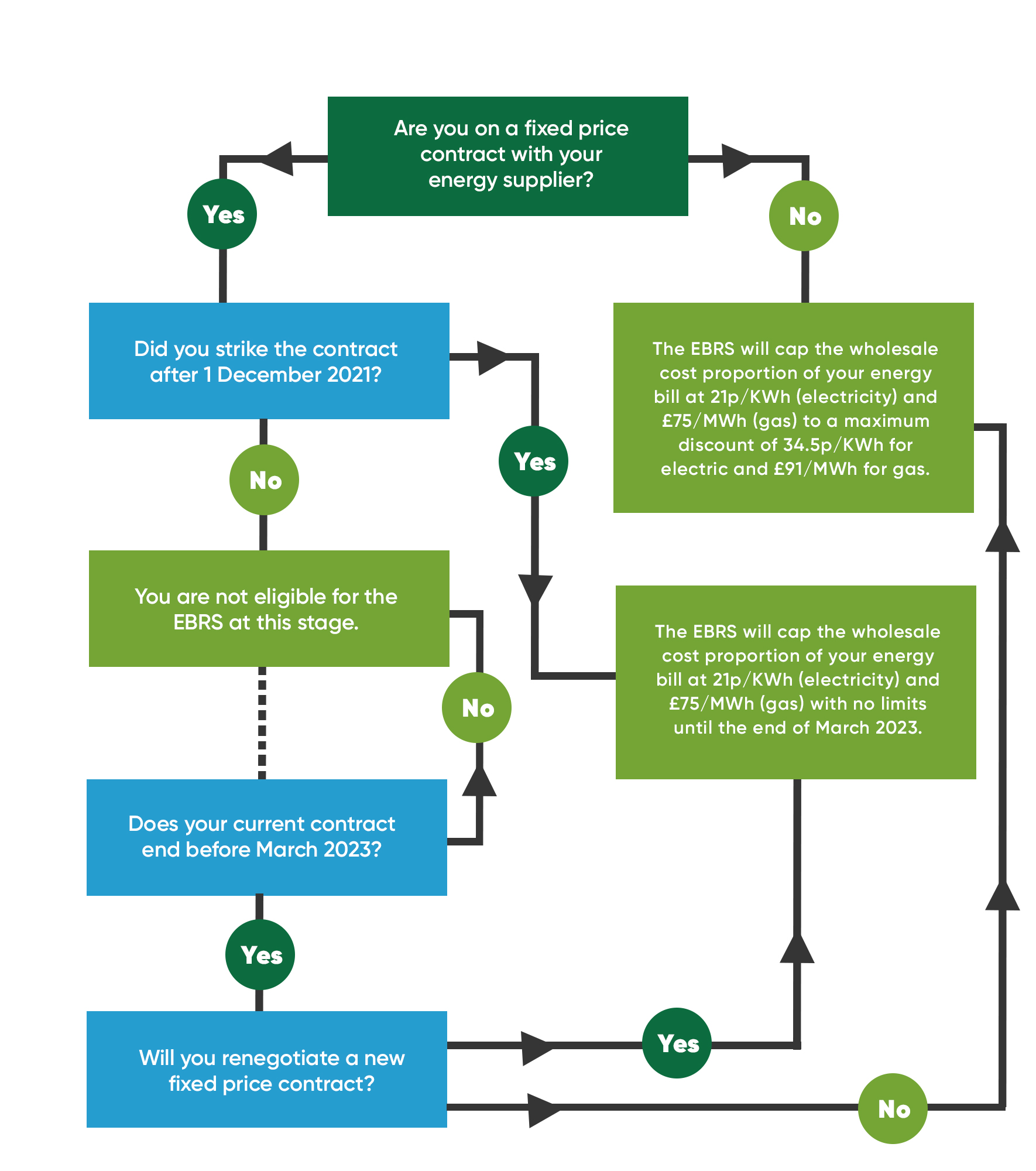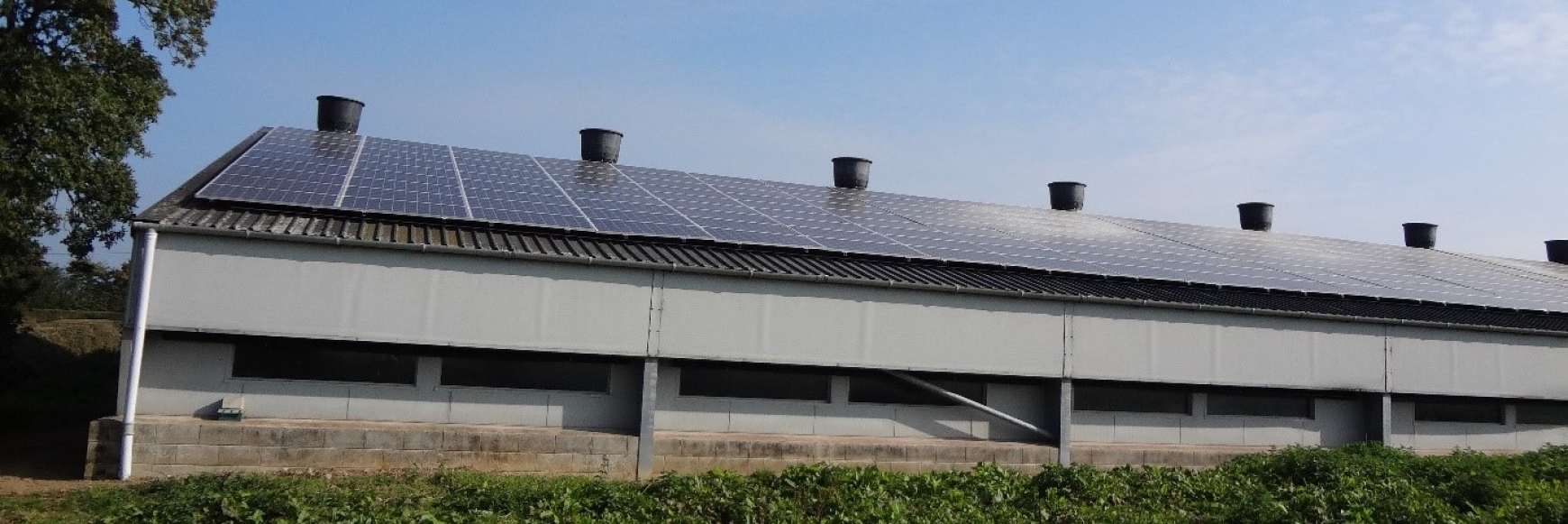Share your feedback by 11:55pm on 30 October - The Department for Business, Energy and Industrial Strategy has launched a survey to gather your views on the Energy Bill Relief Scheme, and to better understand energy needs. Responses to this questionnaire will help inform and shape the review of the scheme. Make sure you submit your views by filling out the survey here.
Do provide best available information or estimates of your energy use (electricity, gas or other fuels) if you don’t have exact figures to hand. You can skip through some questions to save time, but please do try to answer 2.10, 4.2, 4.8, 5.1 and 5.4. Try to emphasise where you may have to scale back food production as a result of increased energy costs – farmers and growers need to get across together the point that agriculture and horticulture are a vulnerable sector at risk from higher energy costs, which will still require support after 31st March 2023.
NFU technical expert Jack Watts breaks down everything you need to know about the and how it applies to your business.
- The scheme is a cushion: The Energy Bill Relief Scheme – shortened to EBRS - is designed to cushion businesses from volatile energy markets for six months from 1 October 2022 to 31 March 2023. Half-way through the six months, there will be a review of the scheme and it is expected that this will shape any decisions about support beyond 31 March 2023.
- It's all about the wholesale: It works by focusing on cushioning the wholesale price part of a farming business’s energy bill. Standing charges - a fixed daily amount your supplier charges for providing energy, regardless of use - are not included in this scheme.
- The timing of your contract determines eligibility: If your business struck an energy supply contract after 1 December 2021, it is eligible for the scheme, as are those on a variable price/out of contract. The discounts should be automatically applied. It is important to be vigilant to scam attempts. If in doubt, contact your supplier. If you have a fixed price contract agreed after 1 December 2021 your electricity will be capped at 21p per KWh and gas at £75 per MWh (circa 220p per therm). This refers to the wholesale price portion of the bill. If you have an energy contract that ends during the six-month period, you can access the scheme by fixing a new contract with a supplier or by defaulting onto the variable rate.
- You can still benefit if you are out of contract: If your business is out of contract, or on a variable rate, you can still benefit from the scheme. However, there is a maximum discount payable. This is 34.5p per KWh for electricity and £91 per MWh for gas (c270p per therm) for gas. Fixing is an individual business decision and will depend on several factors. Fixing a contract will give you the most protection given that variable rates are subject to a maximum level of discount. If you are on a variable agreement, you would also have your wholesale price portion of the bill capped at 21p per KWh and would be protected for a further 34.5p per KWh. However, if the wholesale market rose above 55.5p per KWh (21+34.5), then the business would see the wholesale portion of the bill begin to rise.
- There are still unanswered questions: We need confirmation of how the scheme will support users of tanked gas and heating oil and how the it will accommodate businesses using combined heat and power systems.
- We need more clarity from Government, too. Our main action is demonstrating the close connection between energy and food production and the importance of long-term resilience in energy supply and pricing. A resilient energy supply and cost structure is critical to combatting food price inflating and underpinning food security.
Ultimately, the upcoming three-month review will look at:
- Which groups of non-domestic customers (by sector, size or geography) remain particularly at risk to energy price rises, taking into account the latest price position and forward curves, alongside other cost pressures
- How to continue supporting these customers – either by extending the existing scheme for some users, or replacing with a different scheme.
How will the scheme affect you? Follow the chart below:



